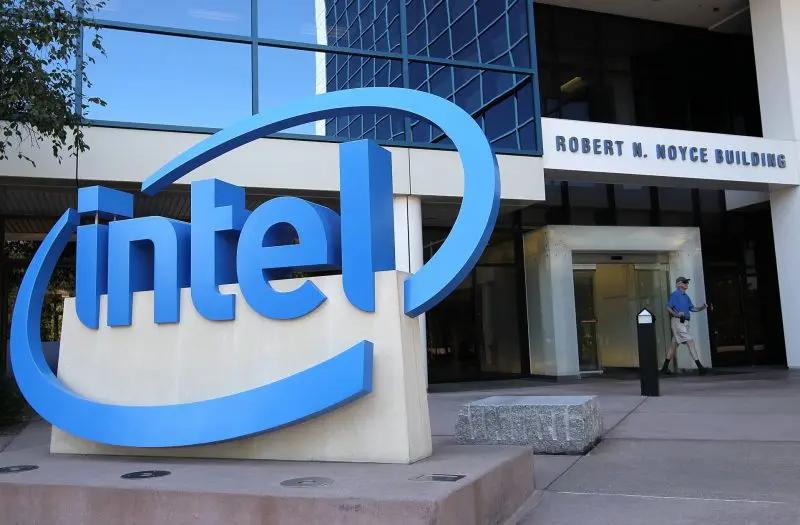Intel Faces Stock Decline Despite Revenue Beat
Intel, a key player in the semiconductor industry, experienced a setback in Q2 2025 as its earnings fell short of expectations, leading to a 3.7% drop in its stock price despite surpassing revenue forecasts with $12.9 billion in revenue.
Revenue Beat vs. Earnings Miss
While Intel exceeded revenue expectations, the company reported a loss of $0.10 per share, a significant deviation from the expected gain of $0.01 per share. This disappointing earnings report triggered a sell-off of Intel stock as investors reacted to the unexpected shortfall.
Profitability Challenges and Operational Disruptions
Intel’s Q2 earnings report highlighted significant profitability issues overshadowing the positive revenue performance. The company attributed these challenges to restructuring charges of $1.9 billion and impairment charges of $800 million, reflecting ongoing efforts to streamline operations and drive efficiency.
CEO’s Perspective
According to Intel’s CEO, Lip-Bu Tan, the company is focused on enhancing its execution and operational performance to address the current challenges impacting its financial performance.
Impact of One-Time Charges
The earnings miss was primarily driven by significant one-time charges, leading to a decrease in gross margins and necessitating workforce reductions and strategic organizational changes within the company.
Foundry Strategy and Capacity Investments
Intel’s foundry service reported an operating loss despite generating revenue, prompting a revised approach to capacity investments. The company aims to align capital investment with volume commitments to optimize operational performance and financial sustainability.
Forward Guidance and Market Outlook
Looking ahead, Intel provided revenue guidance for Q3 2025 and outlined its operating expense targets for the upcoming years, emphasizing a strategic focus on cost management and operational optimization.
Competitive Landscape and Financial Position
Intel faces competitive pressures in the server market while managing its balance sheet and financial position. Despite operational challenges, the company remains committed to meeting its financial objectives and driving long-term growth.
Conclusion
Intel’s recent earnings report underscores the complexities and competitive dynamics within the semiconductor industry. Despite profitability challenges and market pressures, the company’s strategic realignment and emphasis on efficiency signal a commitment to overcoming obstacles and fostering sustainable performance in the future.


